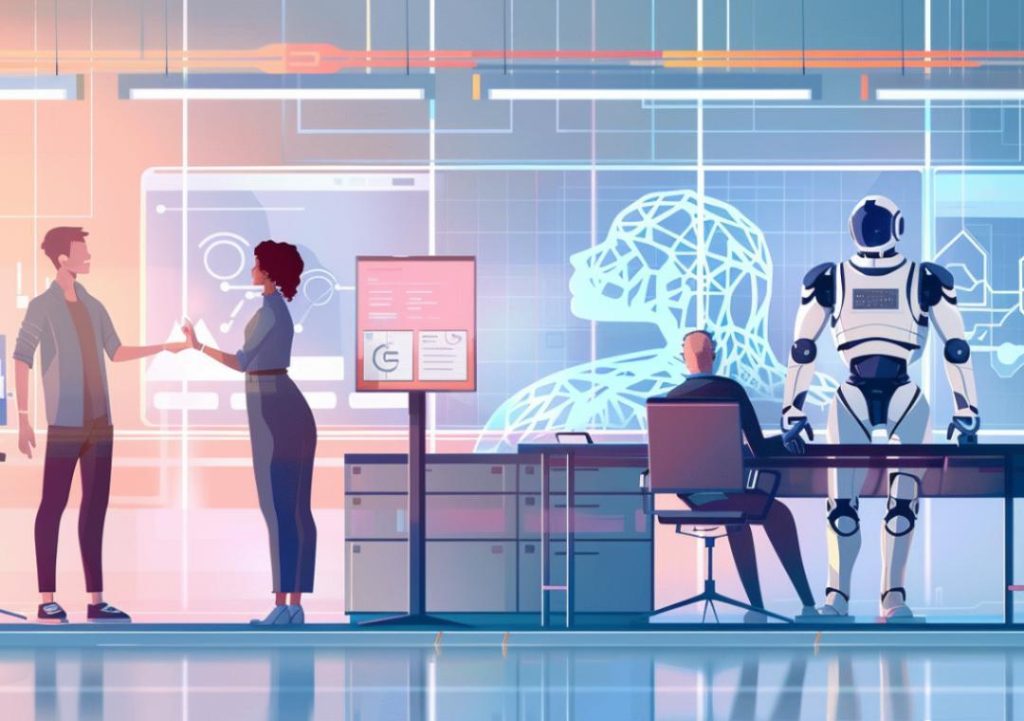
Title: PM Operations Overhauled: AI Cuts Meetings, Boosts Sprint Velocity
As the world becomes increasingly digital, the demand for innovative products and services has never been higher. To stay ahead of the competition, businesses must be agile, adaptable, and able to respond quickly to changing market conditions. However, the traditional product management process, which relies heavily on manual tasks and cross-functional meetings, can be a major bottleneck to achieving these goals.
In this blog post, we’ll explore how Agentic systems, which leverage AI to automate recurring tasks, can revolutionize PM operations, reducing dependency on meetings and status updates, and enabling teams to move faster, iterate often, and focus on strategy.
The Challenges of Traditional PM Operations
Traditional product management involves a multitude of tasks, including user story writing, backlog grooming, and A/B test orchestration. While these tasks are essential for delivering high-quality products, they can be time-consuming and labor-intensive. In addition, they often require coordination and collaboration across multiple teams and stakeholders, which can lead to delays, misunderstandings, and miscommunication.
As a result, PMs and their teams often find themselves bogged down in meetings, status updates, and other administrative tasks, which can distract them from their core responsibilities and hinder their ability to deliver value to customers.
The Benefits of AI-Powered PM Operations
Agentic systems, which use AI to automate recurring tasks, can help PMs overcome these challenges and optimize their operations. By automating tasks such as user story writing, backlog grooming, and A/B test orchestration, Agentic systems can:
- Reduce meetings: By automating tasks, teams can reduce the need for meetings, which can save time, increase efficiency, and improve productivity.
- Boost sprint velocity: By automating tasks, teams can accelerate their sprint velocity, allowing them to deliver more value to customers faster.
- Focus on strategy: By automating tasks, teams can focus on high-level strategy, innovation, and customer value, rather than getting bogged down in administrative tasks.
- Improve collaboration: By automating tasks, teams can improve collaboration and communication across functions, leading to better outcomes and a more cohesive team.
How Agentic Systems Work
Agentic systems use AI to automate recurring tasks, such as user story writing, backlog grooming, and A/B test orchestration. These systems can:
- Analyze data: Agentic systems can analyze large datasets to identify patterns, trends, and opportunities for improvement.
- Identify tasks: Agentic systems can identify tasks that can be automated, such as user story writing, backlog grooming, and A/B test orchestration.
- Automate tasks: Agentic systems can automate tasks, such as generating user stories, updating backlogs, and orchestrating A/B tests.
- Monitor performance: Agentic systems can monitor performance, identifying areas for improvement and optimizing tasks for maximum efficiency.
Real-World Examples of Agentic Systems
Several companies have seen significant benefits from implementing Agentic systems. For example:
- A leading e-commerce company used Agentic to automate user story writing, resulting in a 30% reduction in meeting time and a 25% increase in sprint velocity.
- A major financial services company used Agentic to automate backlog grooming, resulting in a 40% reduction in meeting time and a 20% increase in customer satisfaction.
- A leading software company used Agentic to automate A/B test orchestration, resulting in a 50% increase in test velocity and a 30% increase in customer engagement.
Case Study: How Agentic Systems Can Help Your Team
Let’s consider a case study of a fictional company, “TechCorp,” which is a leading provider of software solutions. TechCorp has a PM team responsible for delivering high-quality products to customers. The team has a traditional PM process, which involves manual tasks and cross-functional meetings.
To optimize its PM operations, TechCorp decided to implement an Agentic system. The system was designed to automate recurring tasks, such as user story writing, backlog grooming, and A/B test orchestration.
The results were impressive. The team was able to:
- Reduce meetings: The team reduced its meeting time by 40%, freeing up more time for strategy and innovation.
- Boost sprint velocity: The team accelerated its sprint velocity by 25%, allowing it to deliver more value to customers faster.
- Focus on strategy: The team was able to focus more on high-level strategy and innovation, rather than getting bogged down in administrative tasks.
- Improve collaboration: The team improved its collaboration and communication across functions, leading to better outcomes and a more cohesive team.
Conclusion
Agentic systems, which leverage AI to automate recurring tasks, can revolutionize PM operations, reducing dependency on meetings and status updates, and enabling teams to move faster, iterate often, and focus on strategy. By automating tasks such as user story writing, backlog grooming, and A/B test orchestration, Agentic systems can help PMs and their teams optimize their operations, improve collaboration, and deliver more value to customers.
If you’re interested in learning more about Agentic systems and how they can benefit your team, we invite you to check out our latest blog post, “How Agentic Systems Can Help Your Team Achieve More,” at [news url: https://www.growthjockey.com/blogs/product-management-and-agentic-ai].
News Source:
https://www.growthjockey.com/blogs/product-management-and-agentic-ai






